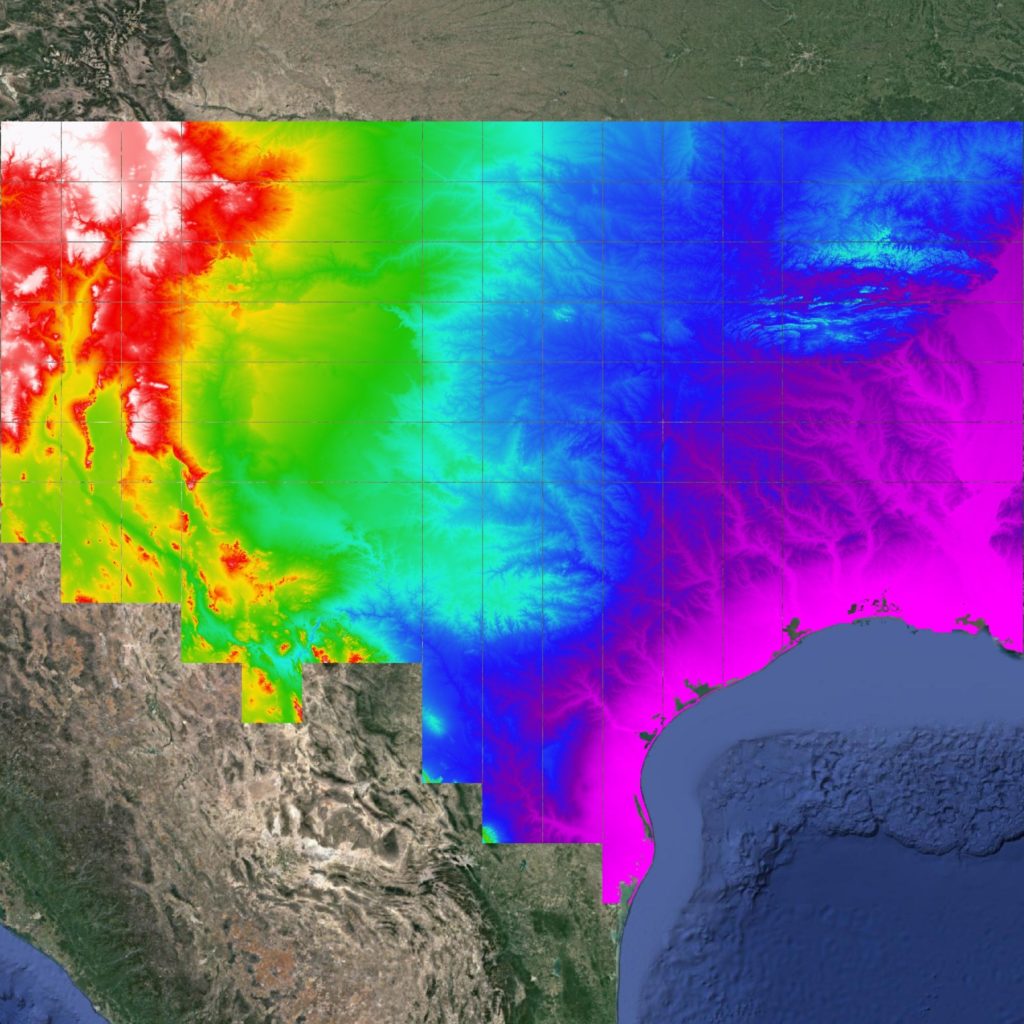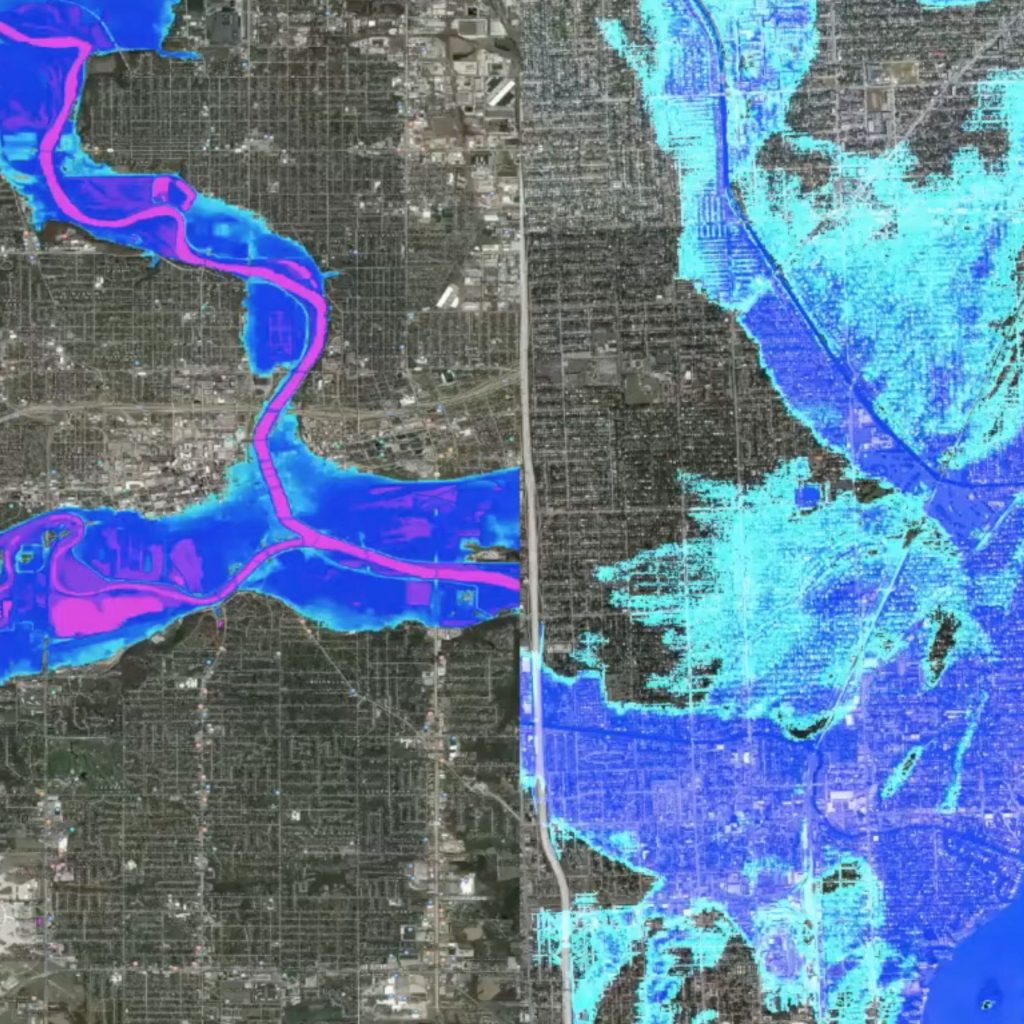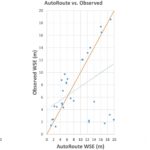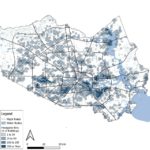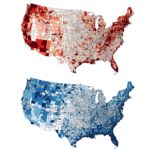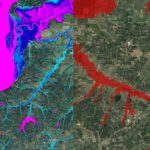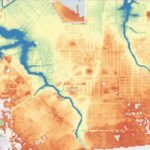Fathom has mapped every river channel in the world, even where data is inconsistent or absent
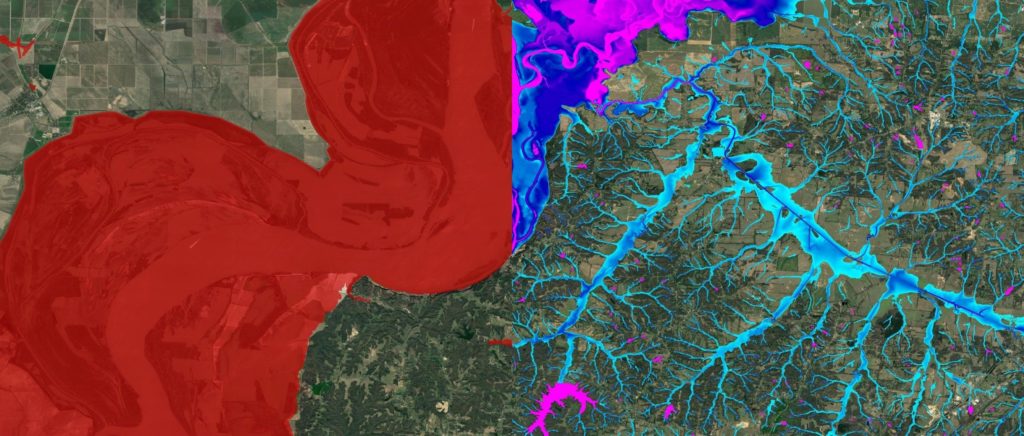
Data scarcity in the developed world
Much of the developed world has government agencies that provide some information relating to the risk of flooding.
The quality and providence of the data provided are not always easily understood, and where data does exist, it may not provide all the information that an interested party may require to make informed decisions about resilience, adaptation or even planning.
Engineers, planners, and asset managers face significant challenges when making decisions, even when this data is available in some form.
In the US, government flood hazard data are incomplete
While the US has invested billions of dollars in understanding and mapping flood risk, flood hazard data are incomplete. FEMA’s flood hazard data are a patchwork of small scale ‘traditional’ flood models that only factor in the impact of large river channels.
Moreover, these models are outdated in many areas, with some built in the 70s and 80s. Currently, 75% of these maps are outdated, with 40% of the US still unmapped.
Collaborative work with the EPA suggests a 3 fold increase in total exposure to a 100 year flood
Research undertaken by Fathom found that data from government agencies significantly underestimate exposure to flood risk.
In our work, Fathom found that there are 13 million Americans currently living within FEMA’s flood zones and therefore identified as at high risk of a 1-in-100 year flood (light blue).
In comparison, academic analysis on Fathom’s US flood hazard data finds that the actual figure is closer to 41 million Americans (light + dark blue).
Fathom’s data compares well with FEMA flood data, where they exist
FEMA’s model only covers major rivers and other high-risk zones that are relatively easy to predict. However, many impacted areas are away from these FEMA-predicted flood zones. Research examining historical claims in Greater Houston found that 47% of flood claims made to FEMA were outside of FEMA flood zones (Highfield, 2012).
Similar research from Bradt, Kousky and Wing (2021) found that voluntary purchases of flood insurance in the US disproportionately take place in areas highlighted as high risk in Fathom’s US flood model. This indicates that Fathom’s flood hazard data accurately identifies flood areas missed by FEMA.
Red – FEMA 1-in-100 year flood / Blue – Fathom 1-in-100 year flood.
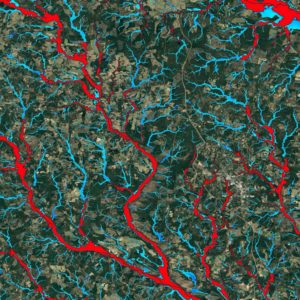
So how can Fathom help?
Efficiency
Where data is incomplete or out of date, building models from scratch is expensive and time consuming. Fathom can offer data for the whole planet at up to 30 meter resolution for a fraction of the cost. Moreover, users can receive this data in a matter of days.
Validation
With so much data to choose from it can be difficult to determine its reliability and validity. All of Fathom’s data and methods come from decades of peer-reviewed research, available for free online.
Consistency
Fathom provides flood maps at a global and continental scale. This gives users consistent global and in-country coverage, making all assets equal.
Future risk
Demand for robust development of assets, resilient to climate change, is growing. Where available, Fathom’s models utilise the latest available climate datasets to offer its users future climate scenarios.
Case study: The Texas Water Development Board
How Fathom data was used to deliver the first flood planning programme for Texas.
In 2019, the Texas Legislature tasked the Texas Water Development Board (TWDB) with delivering the first-ever state-wide flood planning programme for the State of Texas.
In order to meet their objective, the TWDB gathered together all available flood-related data in a Flood Planning Data Hub. However, there was a gap in the publicly available data as approximately 63 counties did not have any existing flood maps.
The Texas Water Development Board incorporated Fathom’s data into the floodplain quilt layer to fill in the gaps where regional flood data was outdated or unavailable.
